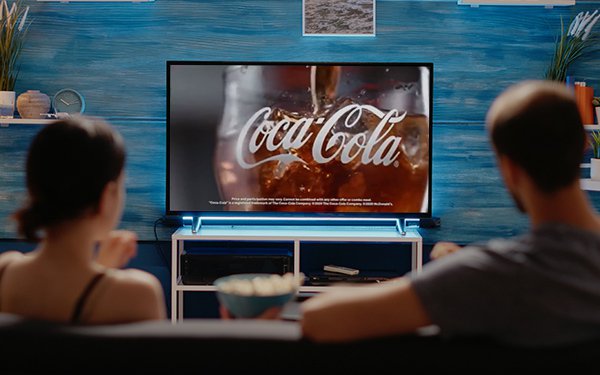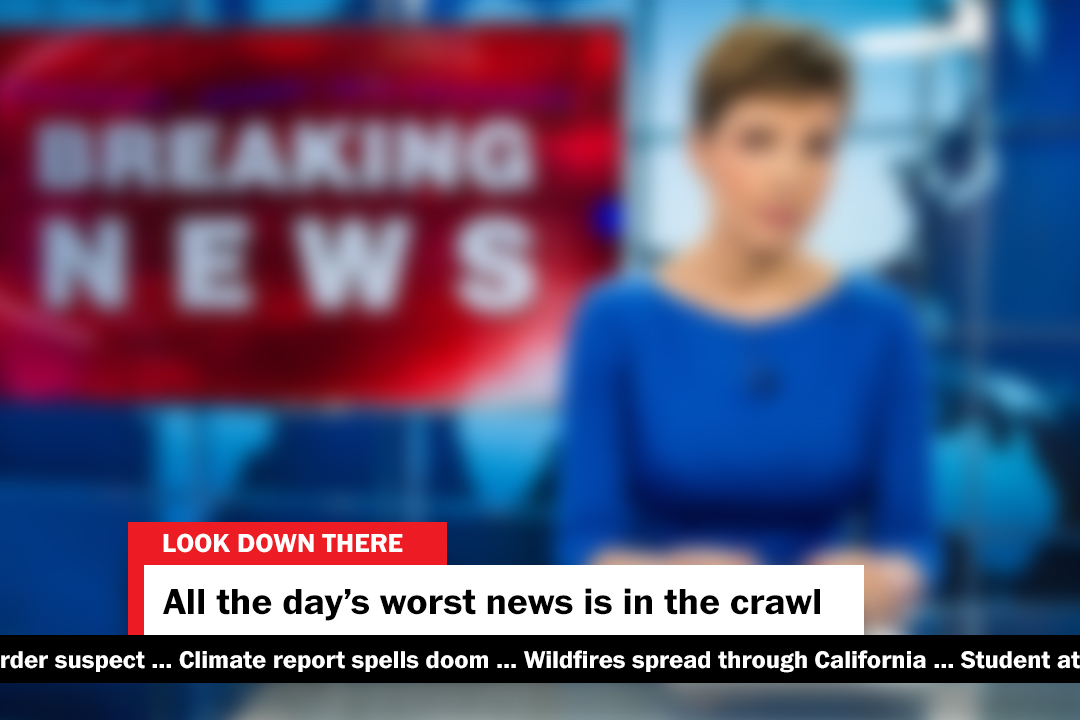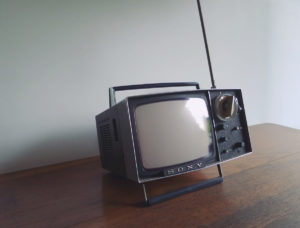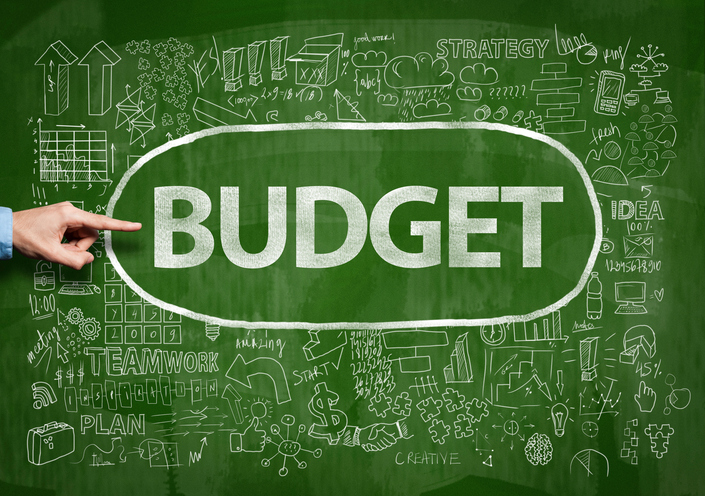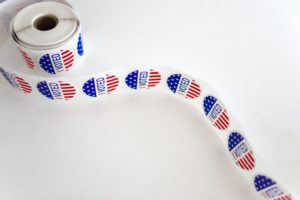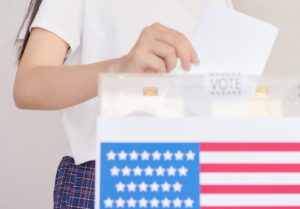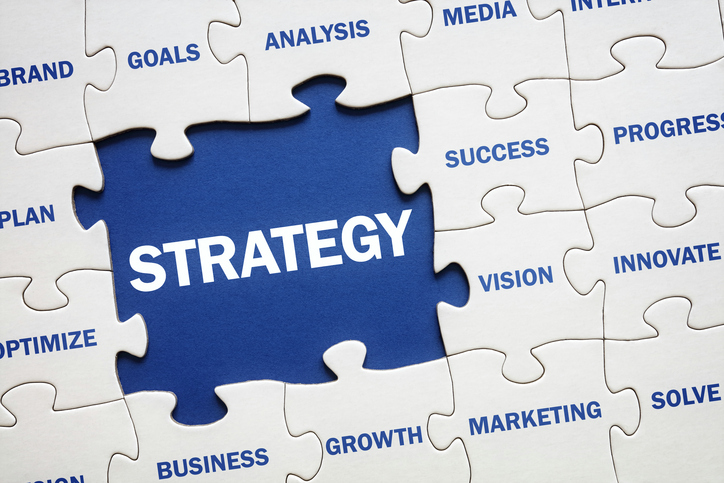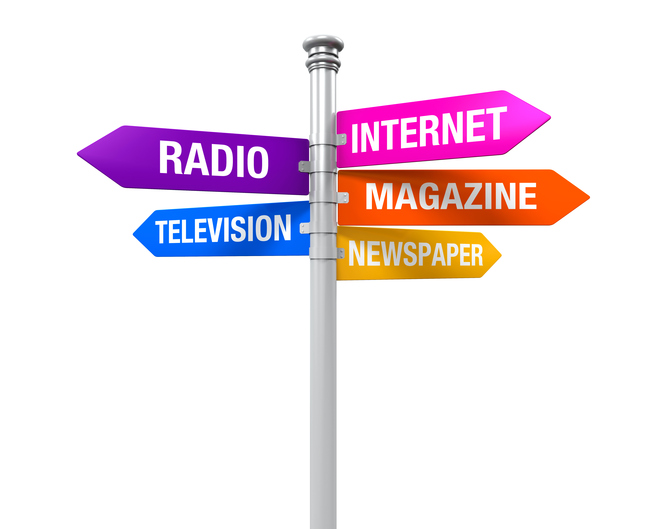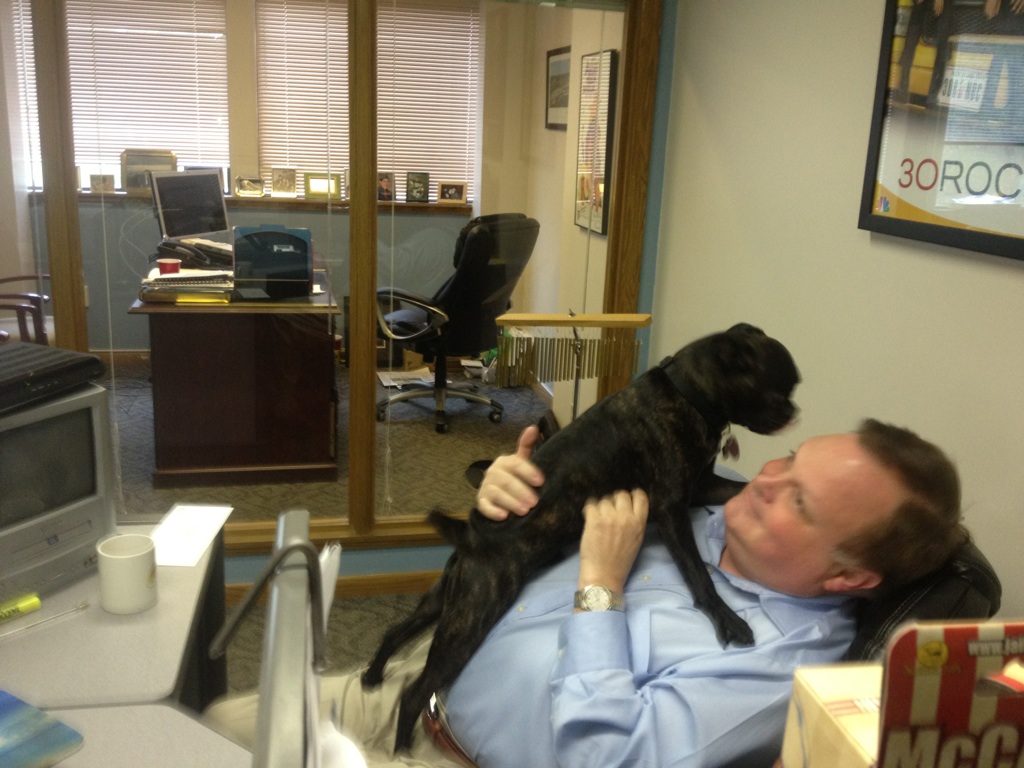

Now that you’ve designed the perfect logo for your business, where are the best places to use it? You need to ensure customers start recognizing your brand and build a sense of brand loyalty. One of the best ways to get your logo out there is to make sure that it is seen as much as possible. Perhaps you haven’t considered some of these for your branding and marketing campaigns.
Blogs and Websites
These days it’s common knowledge that your business should have a website because this helps customers learn more about your brand. It is also a practical way for your clients to contact you but have you considered it as an integral part of your branding campaign?
Your logo should be visible on every page of your website and don’t forget to use the logo colors for branding in your design. This creates a sense of unity between all content and repeating those hues will help consumers associate them with your brand.
Business Cards and Flyers
Using business cards might seem very old-school, but it is a dynamic way to have your logo seen and to provide a personal touch after a one-on-one meeting with a customer. Business cards can easily be slipped into gift bags or attached to promotional materials, so their application is diverse.
Other print media such as flyers can be a good marketing tool if used correctly. Even though digital marketing is very popular these days, a branded flyer can still be powerful. Adding a promotional code that unlocks a special discount to be redeemed on the website can gain you easy leads and increase your website traffic.
Outdoor Marketing
Signs and banners go a long way in advertising for your business and are excellent surfaces to display your logo. You need to use the opportunity of catching people’s eye when they drive or walk past. Using bright colors that are visible from a distance is most effective. Banners are portable and can be moved to where you need them easily, helping you showcase your brand at trade shows or other events off your premises.
A banner ad in a digital sense refers to a rectangular graphic that stretches across the screen of a device. These banners can be added to your website or any online media. As these are image based, it’s a perfect way to advertise your logo online and a very popular form of online advertising.
Merchandise
Having your logo appear on your products is essential as it will help build brand recognition quickly since customers take those products home with them. If a customer is happy with the product linked to your logo and brand, he or she will seek it out and the logo is how they’ll know it’s the same one as before. Therefore, your packaging requires expert design work.
Additional ideas for logos on merchandise for optimal exposure:
⦁ Add stickers to boxes
⦁ Use custom designed wrapping paper
⦁ Let product name designs fit well with your company logo so packaging designs doesn’t seem disjointed
Correspondence & Accounting
Everything you send to your clients should feature your logo. The more you use your logo the easier it will be for your customers to remember your business, so use logo on letterheads for all your emails and subscription lists.
If you’re still using snail mail, use custom stationery. You could even include a free gift such as a pen or t-shirt featuring your logo to make sure they remember your brand while being impressed with the special treatment. A happy customer is a customer that is likely to return.
The same rules apply to invoices and any proof of payments. In store, most customers pop it into their wallets along with their change and don’t think about it again, until they need the product or service the next time around. If they had a pleasant experience the first time, they’ll be more likely to look at the invoice to get your details so they’re assured of the same service.
Even the forms a client may need to complete should feature your logo. Branded documents and stationery create a sense of professionalism and make a business seem more credible.
Social Media
All your social media accounts should feature your logo along with posts you create. A powerful way to make sure customers see your logo is to use it as a profile picture. Now you have to make sure this features on people’s news feeds, so comment on relevant information or cover trending topics so more potential customers can see and remember your logo.
Logo use is not only about where you use it, but how you then utilize that platform correctly. Always, repetition is key.
The best way for your brand to be noticed and recognized is to add your logo to anything and everything that your customers will see and come in contact with. Use these helpful tips to get the most out of your logo and take your advertising game to the next level.

